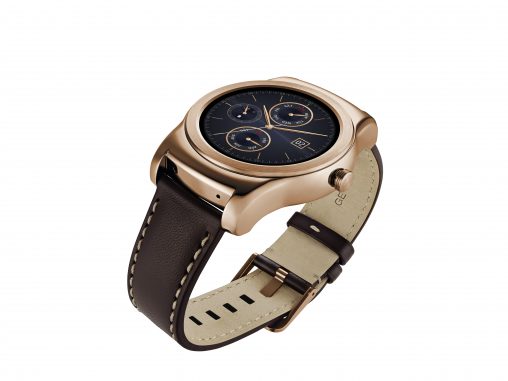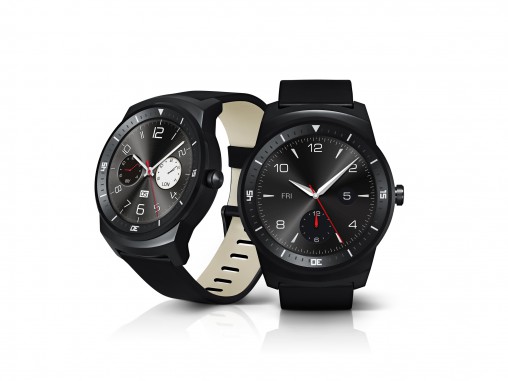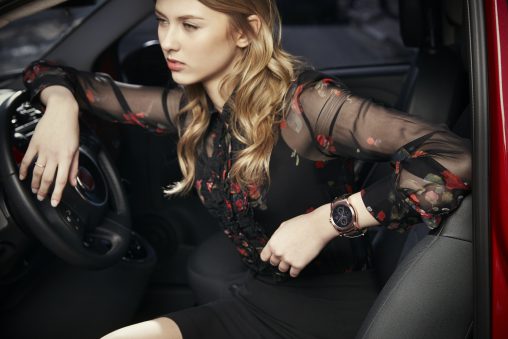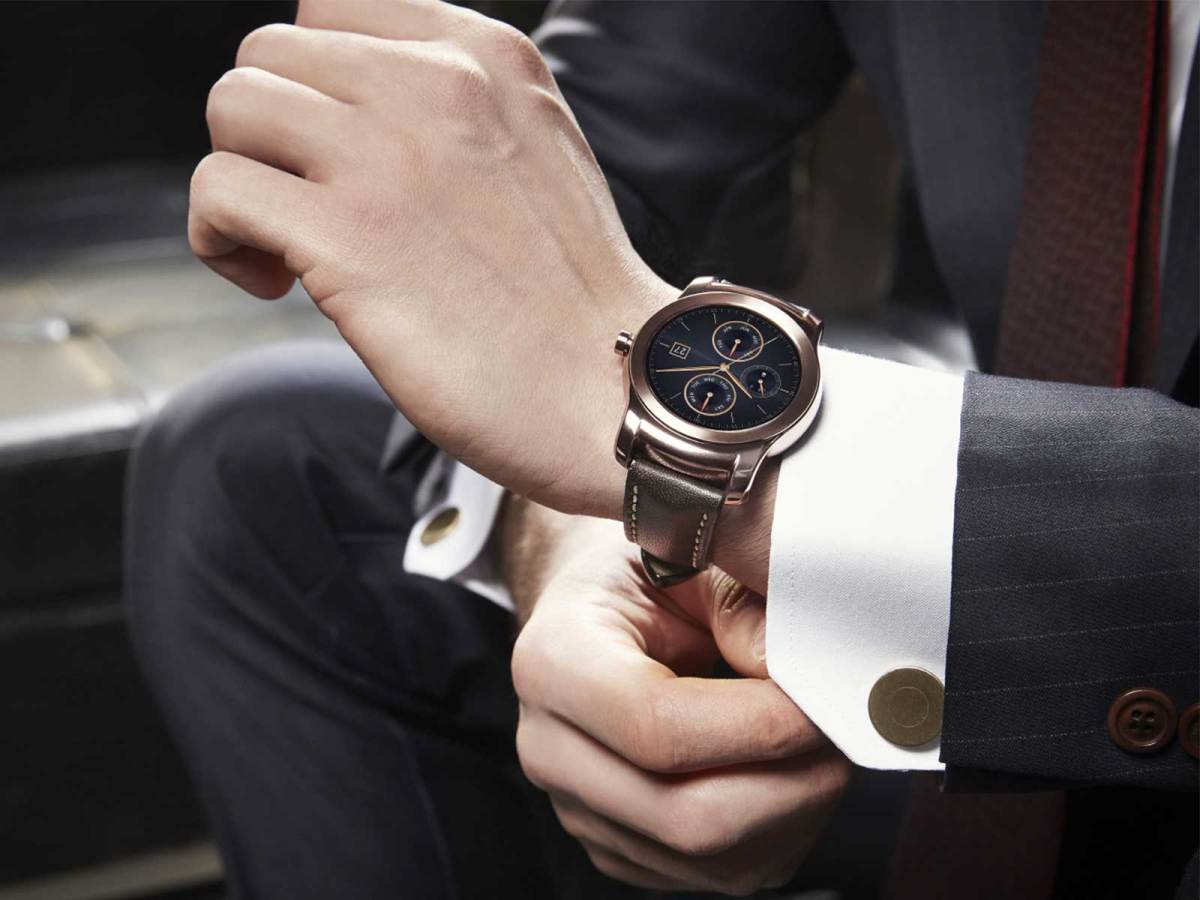
First unveiled at Mobile World Congress held in Barcelona in February, LG’s newest smartwatch the Watch Urbane will be available in Australia in August. The RRP for the all-metal luxury Android Wear device will be revealed closer to the launch date.
The Urbane has evolved from the LG Watch R to a much more classic-looking timepiece. The Watch R had a full circular plastic OLED display and was launched in October 2014. It was designed with the active user in mind and was water resistant for up to 30 minutes in 1 metre of water.
The Urbane more closely resembles a luxury timepiece and the company says it’s suitable for either men or women. (However, the 1.3-inch full circle face it’s too bulky for this journalist). Its stainless steel body is available in polished silver or gold finish and is complemented by a natural leather strap, which can be replaced with any 22mm wide band.

LG Watch Urbane is compatible with smartphones running Android 4.3 and above. Like the G Watch R, LG’s latest Android Wear device includes a photoplethysmography (PPG) sensor that can measure a wearer’s heart rate and average pulse during exercise. Always-On ambient mode shows the time on the display at all times in dimmed mode, saving battery life. New Recent call history and favourite contacts features allow users to review past or missed calls and look up contacts details without turning on their smartphones.
“LG Watch Urbane is an important part of our strategy to develop wearable devices that are worn and viewed as everyday accessories, not electronic gadgets,” said Juno Cho, president and CEO of LG Electronics Mobile Communications Company.
In the short term, LG national marketing manager Lambro Skropidis is comfortable that they will move the entire volume they’ve been allocated, adding that the US will get the majority of the stock, where the smartwatch market is “exploding.”
In the medium term, Skropidis believes we’ve not yet seen the potential for smartwatches in terms of app development and health and fitness monitoring potential. Within the industry, there is excitement surrounding the possibilities for the category once smartwatches carry their own sim card and aren’t reliant on a nearby smartphone for connectivity.

Apart from Pebble, smartwatch makers tend to also make smartphones. However, the major carriers (Telstra, Optus, Vodafone) who’ve shored up a large retail share of the smartphone market through contracts, are watching wearables closely but haven’t got the retail model to move large volumes.
Unlike mass retailers, telco’s aren’t seen as a destination for these products. According to LG, consumers want to buy a smartwatch outright and currently the replacement cycle is around six months.
Smartwatches are still the domain of the early adopters, but are edging closer towards acceptance from the ‘early majority’. Early adopters are identified by Roy Morgan research as extremely valuable customers because they become trusted advisors and word-of-mouth marketers. They go out of their way to learn and understand new technology and are attracted to new ideas.
Roy Morgan’s Technology Adoption Segments categorises technology consumers into four categories:
- Technology Early Adopters (17 per cent of Australians): Always first to purchase and use new technologies, these people are well educated with high incomes and risk-taking tendencies.
- Professional Technology Mainstream (18 per cent): Ambitious individuals who adopt technology fairly early for career and time-saving purposes.
- Digital Life (14 per cent): Typically students and young part-time workers, this segment is fast to adopt to social media styles of technology.
- Older Tech Explorers (9 per cent): Generally older, this segment is passionate about new technology but cautious about spending money on it.
- Technology Traditionalists (24 per cent): Usually aged 45+, these individuals are wary of change and only adopt new technology once it’s become mainstream
- Technophobes (18 per cent): The oldest segment, technophobes aren’t so much scared of new technology as uninterested, preferring more traditional pursuits (TV, gardening, reading).
Understanding these segments and which products are positioned in relation to them allows retailers to adjust their buying and discounting strategies.
![]()

